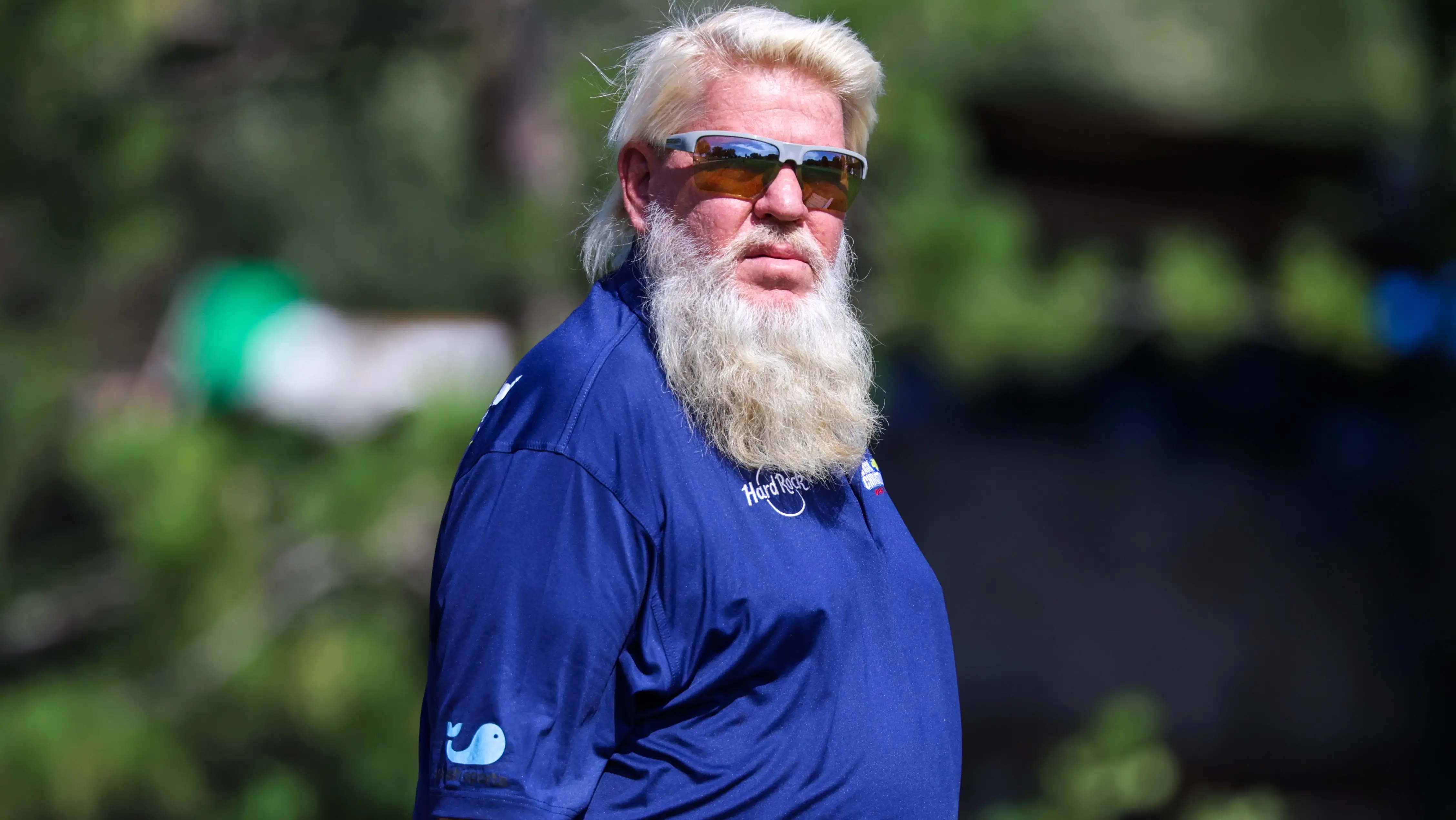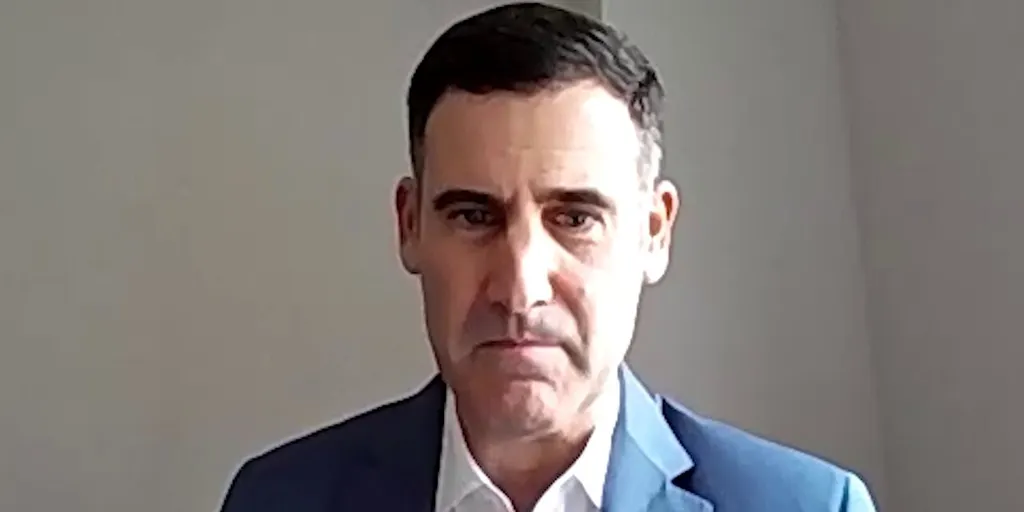
John Daly has always been golf’s great maverick: the powerful drives, the mercurial temper, the “win from nowhere” major titles, and the sometimes spectacular collapses. But in Sioux Falls, South Dakota, Daly added a new, and unwanted, entry in the record books: a 19 on a single hole at the Sanford International, the highest single-hole score ever recorded in PGA Tour Champions history.
At Minnehaha Country Club, Daly’s round unraveled on the par-5 12th hole. After a tee shot into the rough, things went decisively off the rails: “the next seven shots into the hazard,” according to a shot-by-shot reconstruction, before Daly finally cleared the water and reached the green with his 17th shot.
That score crushed the previous PGA Tour Champions worst by three strokes–a dubious distinction previously held by Bruce Crampton since 1996.
A Career of Peaks and Valleys
For fans of Daly, this kind of dramatic swing (pun intended) is hardly surprising. The 59-year-old golfer is known for extremes. He famously won the 1991 PGA Championship as a virtual unknown, and followed that with a stunning playoff win at the 1995 Open Championship.
Yet Daly’s story has always been one of double-edged talent. His prodigious driving distance earned him the nickname “Long John,” but his inconsistency, outspoken nature, and personal battles have often made headlines almost as often as his birdies and eagles.
A single-hole meltdown of this magnitude may be extreme, but Daly is hardly the first golfer ever to lose control of a hole. What makes it noteworthy is that it happened on a Champions Tour event, against a field of senior golfers, and still shattered a decades-old record.
The Anatomy of the Disaster
According to available reports, Daly’s troubles began innocuously enough–a tee shot into rough rather than fairway. But the rough turned out to be unkind, and Daly’s subsequent swings repeatedly found a water hazard rather than the green or safer turf. Seven penalty strokes later, Daly finally cleared the water, but only into more thick rough.
He didn’t repeat the kind of fairy-tale recovery he once pulled off at Bay Hill in 1998, when he carded an 18 on a hole yet followed it with a birdie. Instead he managed only a par on the next hole and wound up finishing his round with an 88.
In context: Daly’s previous high score in a professional round was a 90, recorded in the second round of the Valspar Championship in 2014, when the yips and water hazards similarly conspired against him.
What This Says About John Daly, and Professional Golf
That Daly could still write his name into a Champions Tour record book–albeit in the worst imaginable way–speaks to a few things. First, even a veteran with decades of top-flight experience is never immune to disaster. Golf is ruthlessly humbling, and no amount of past major titles or driving distance guarantees consistency hole to hole.
Second, Daly remains a compelling figure precisely because of his volatility. When he’s good, he’s very good–his long game still rivals many on the senior circuit. When he’s bad … well, he lays claim to a record no one wants. In an era of analytics, precise shot tracking, and laser-guided greens, a collapse of this scale reminds fans that golf can always surprise, and embarrass, you.
Finally, the Champions Tour is a test not just of skill, but of patience, resilience, and mental toughness. Professionals over 50 continue to hit long drives and compete at a high level. But age, injuries, slower recovery, and lingering health or swing issues can magnify the consequences of misjudgment or fatigue. Daly, who has endured numerous surgeries, health scares, and public comebacks, is a prime example of a golfer still capable of brilliance, and still vulnerable to catastrophe.



